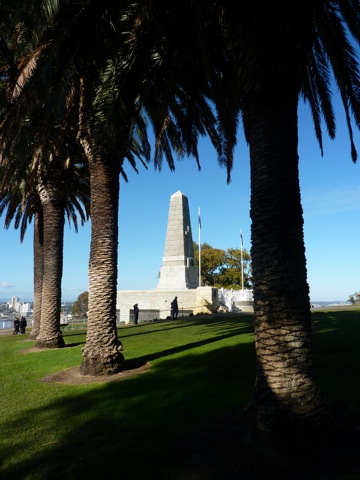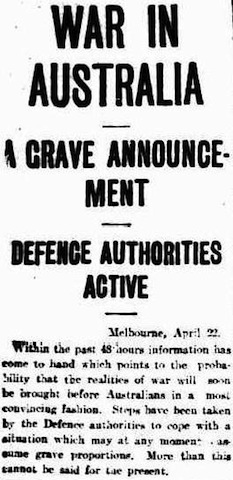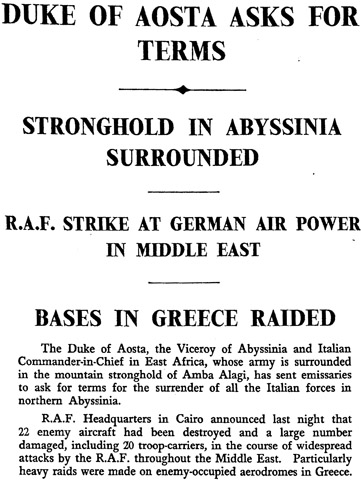Perth
Some photos I took while in Perth for the AAEH. I didn’t have a lot of time for sightseeing in Perth itself; apart from a bit of a wander through the CBD and a look at the Museum of Western Australia (disappointing after seeing the Fremantle branches), my main outing was to Kings Park. This […]





